Military
All These Countries Were Once Part of the Largest Land Empire in History
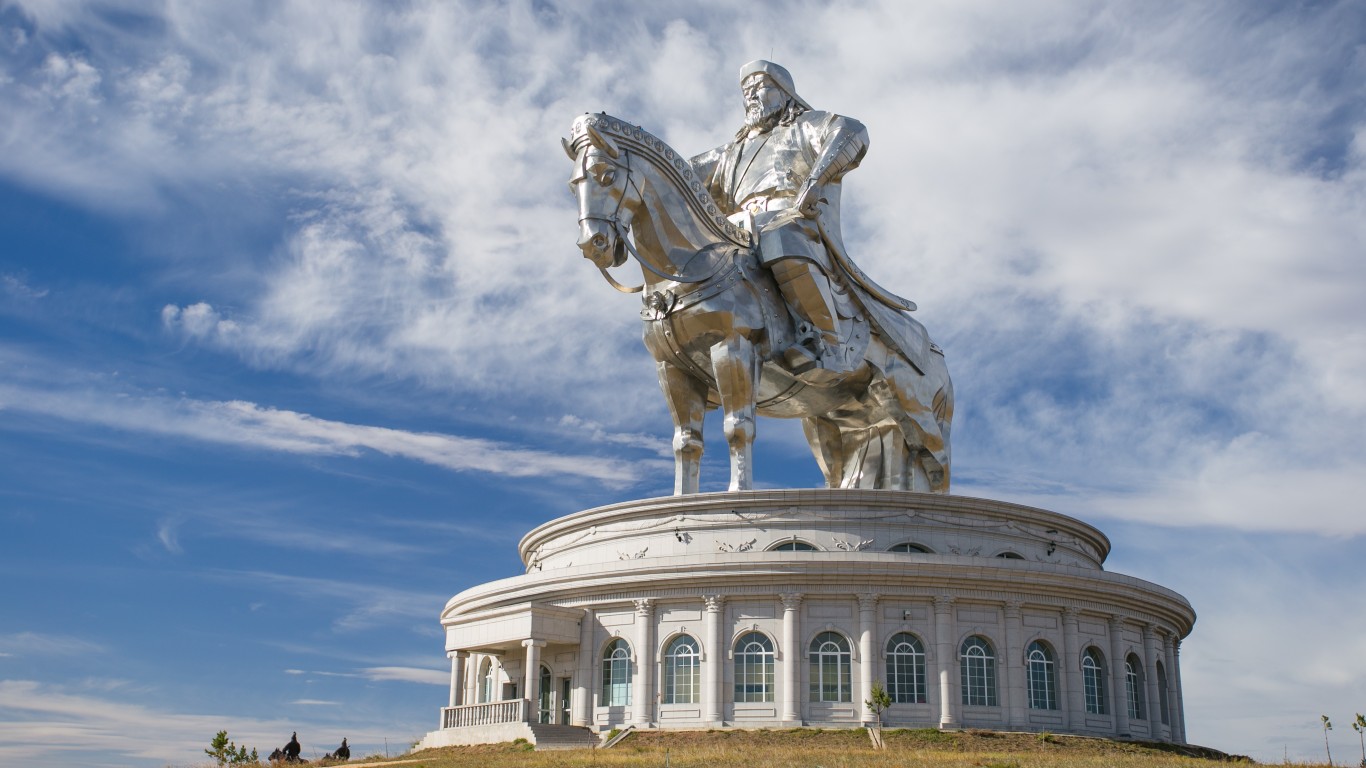
Published:

The largest country in the world today is Russia, with about 11% of the global landmass. It was far exceeded by the British Empire, which at its height controlled about a fourth of the world’s land, scattered across every continent. However, the Mongol Empire, established in 1206 by Genghis Khan, was the largest contiguous land empire, at about 17% of the planet’s total landmass. Today we’re looking at what countries were once part of this mega-country and how Mongol rule has impacted them across history.
24/7 Wall St. Insights
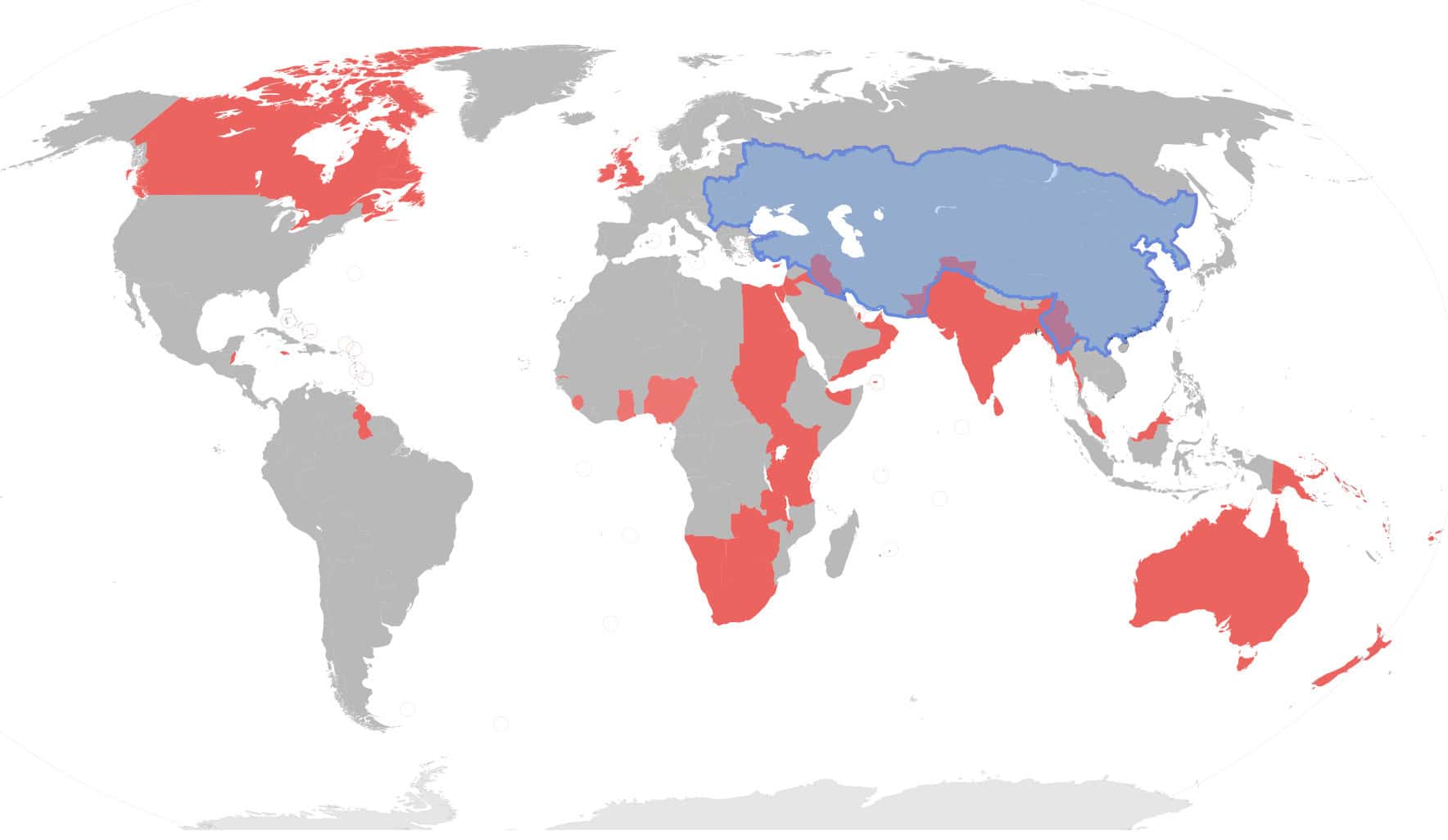
The Mongol Empire started in 1206 when the warlord Genghis Khan began expanding his domain from Mongolia across China and what is today Russia and Eastern Europe. The Mongols were skilled horsemen who could shoot arrows accurately while riding. They also were more proficient in the use of gunpowder than European countries at the time.
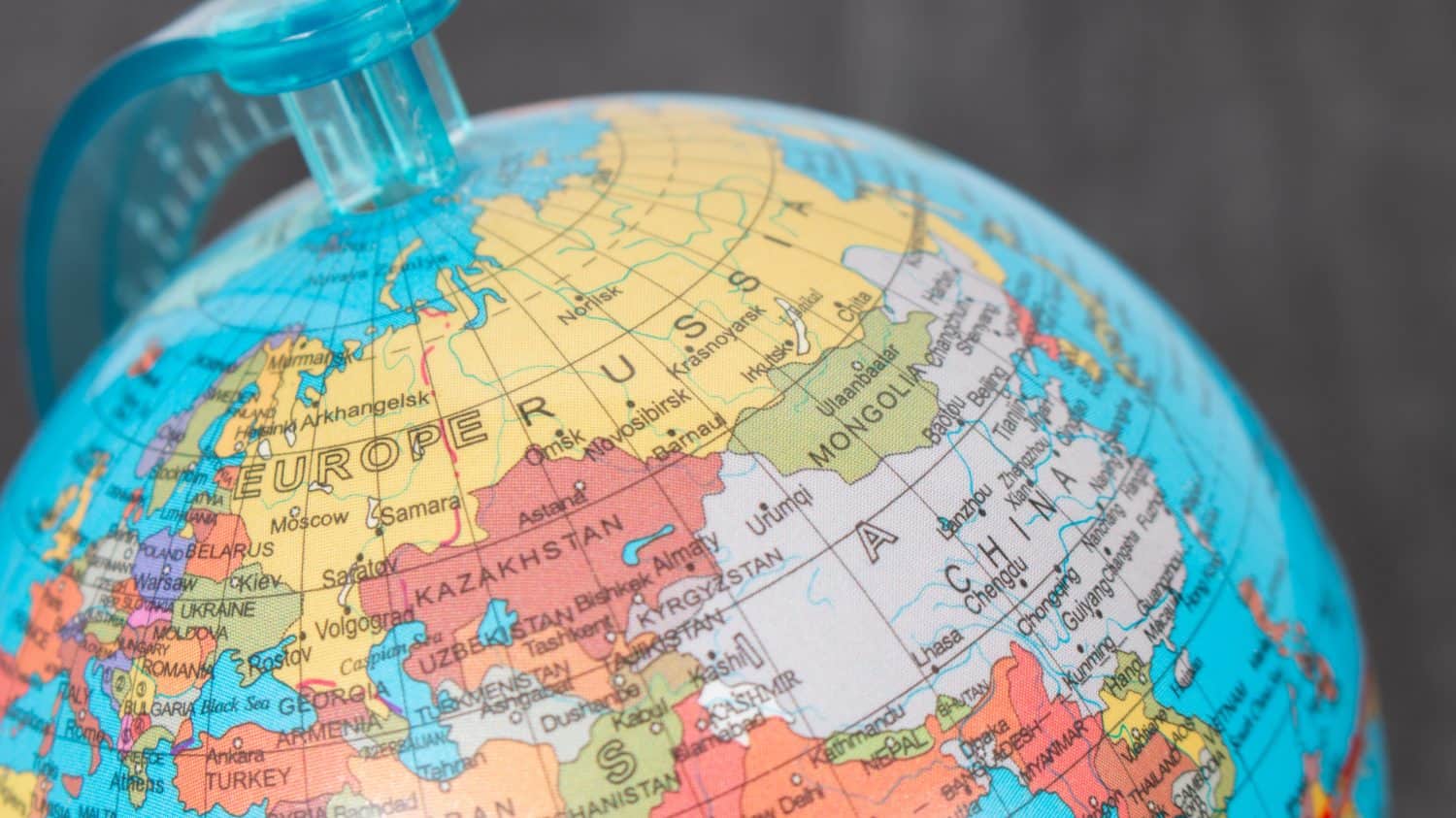
Mongol expansion began in East and Central Asia. Following are the countries that were part of the empire arranged by region and the time period they were invaded or conquered. Note that sometimes the Mongols went through an area on an initial military campaign and then came back later to establish more permanent rule, so all dates are approximate. of the Mongol Empire
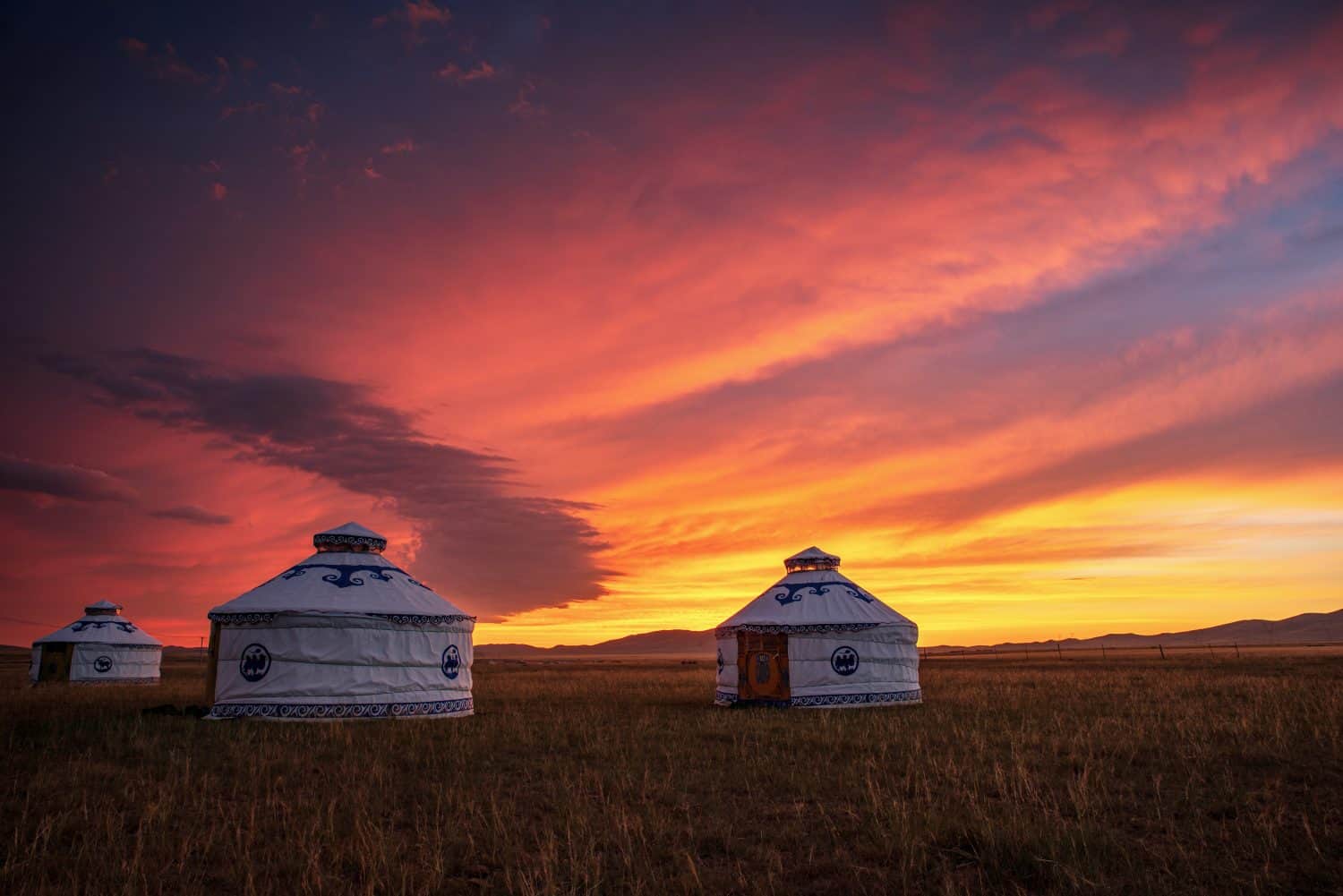
Genghis Khan came to power in 1206 and began expanding the empire in all directions across Eurasia. Today Mongolia is a landlocked country squeezed between Russia and China. Many rural people still live a traditional nomadic way of life. The traditional home is a circular tent called a yurt. Mongols pride themselves on impressive feats of horsemanship. Many still follow nature-based shamanic religions.

Parts of what are today southern Russia were Mongolian territory at the start of the empire. Over the next four decades the Mongols expanded across southern and central Russia, but not the vast empty forests up to the Arctic as Russia today includes. Mongol rule changed the ethnic composition of Russia and led to the development of Moscow as a centralized capital. Russia’s tradition of authoritarian government was reinforced and intensified by Mongol rule.

Some northern parts of what is today China started out as part of the Mongols’ original territory. The Mongols adopted many aspects of Chinese technology, including gunpowder. They also improved China by building infrastructure and an efficient postal system. Kublai Khan, the grandson of Genghis, moved his capital to China and started a dynasty there.

Surprisingly, the Mongols conquered Korea quite a bit later than other parts of their empire even though it was closer to their center of power than distant countries to the west. Its leadership managed to stay in power by making their country a vassal state paying tribute to the Mongols. The royal courts of the two countries intermarried and Mongol influences remained strong in the customs of the Korean upper class.

In 1221, the Mongolian army swept through the countries that would later become part of the Soviet Union and today are independent. These include: Kazakhstan, Kyrgyzstan, Uzbekistan, Tajikistan, and Turkmenistan. One of the benefits they brought to the region was to make it safe to travel the Silk Road, a trade route linking China and Europe. Central Asian cities like Samarkand prospered as regional administrative centers and trading hubs.
Mongol influences in this region are still quite strong. Some of the nomadic people there live a similar lifestyle as the Mongols: practicing traditional skills like feltmaking, hunting with raptors, and doing impressive feats of horsemanship. Shamanic religious beliefs, regional cuisine, art, and other aspects of traditional culture display significant Mongol influences.
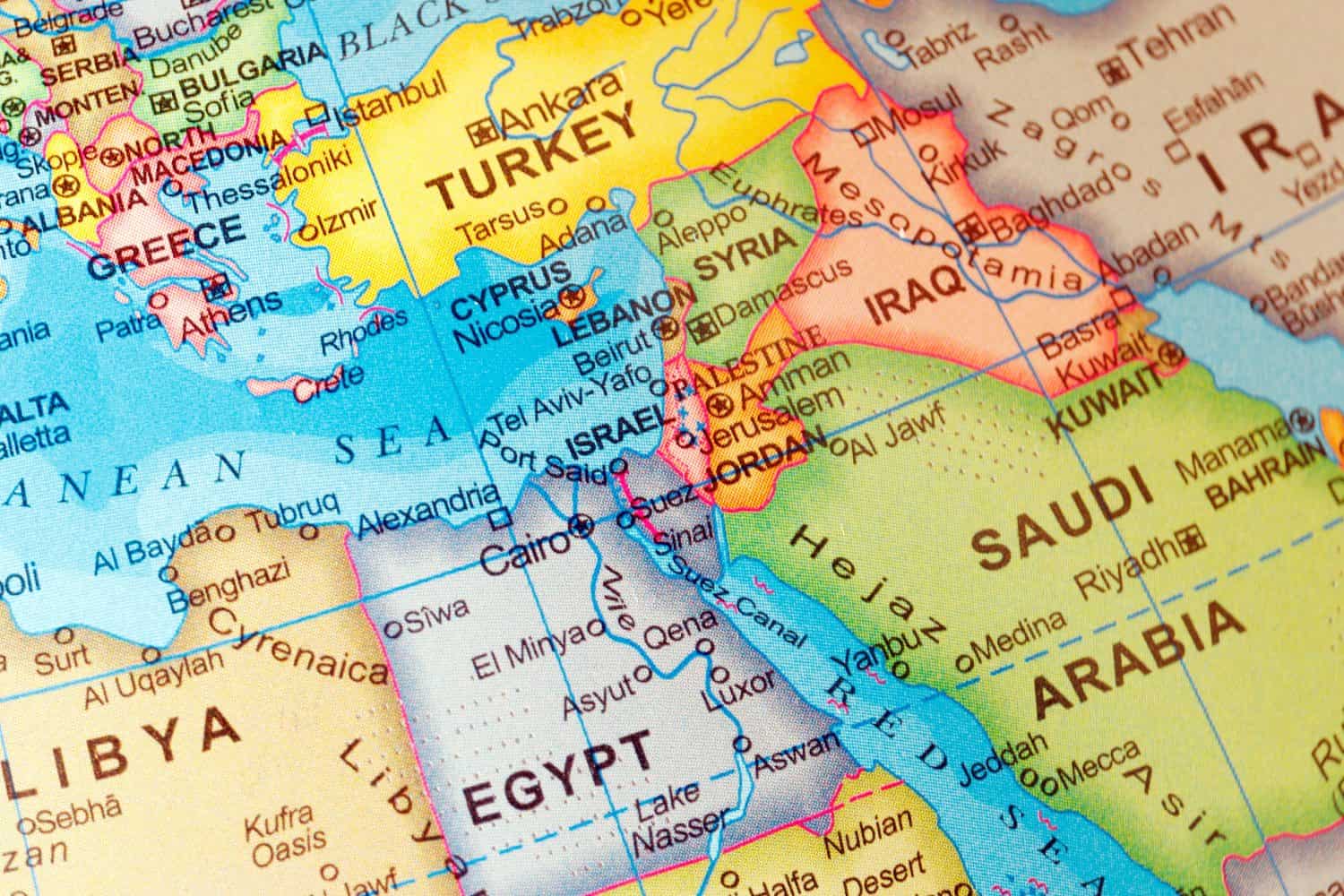
From about 1221-1256, Mongol armies poured into the major countries of the Middle East. They did not control the Arabian Peninsula and were not able to conquer Egypt, shutting the door to Africa for them. they made forays into Syria and ruled some of the northern parts of the country but did not subdue the whole area.
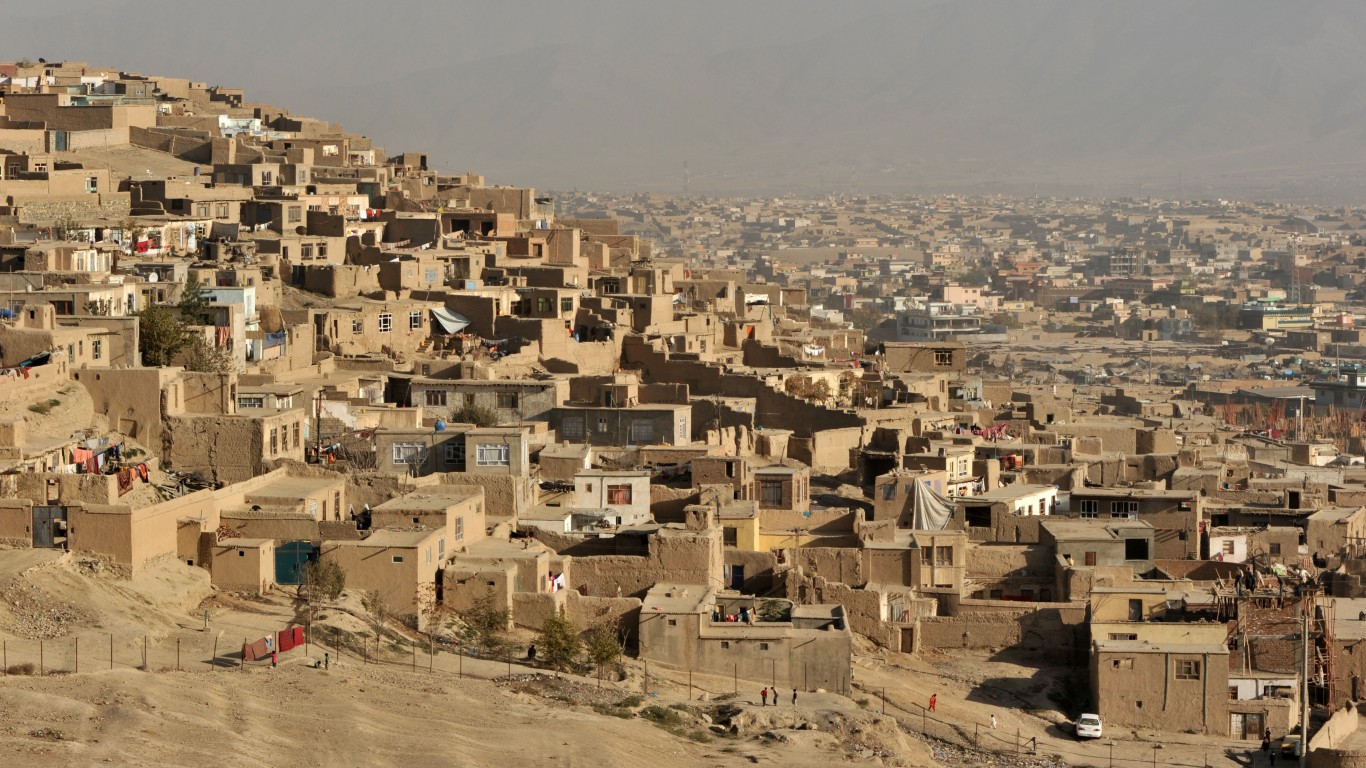
The Mongols were one of the very few invaders in history who managed to subdue Afghanistan. The conquest was devastating to the region’s town and infrastructure. Culturally, their rule created a fusion of Mongol and Persian artistic and architectural influences in Afghanistan that can still be seen today.

The Mongol invasion laid waste to many of the cities of Persia (now known as Iran). Over time, though, the Mongols improved their administrative abilities with Persian assistance. Trade and culture thrived during Mongol rule.

Located on the northwestern border of Iran, Azerbaijan became part of the Mongol empire at about the same time as Persia. The empire ruled through local vassals in areas like this that were far from the center of power. Some of the trade routes the Mongols set up are still active today.

Georgia is a Caucasus country between Russia and Turkey. The Mongols ruled more loosely in this area as it had strong traditions of independence and was in a mountainous area that was hard to conquer. In exchange for some degree of independence, the Georgians paid tribute to the Mongols as a vassal state. Lingering Mongol influence is evident in art and architecture in Georgia.
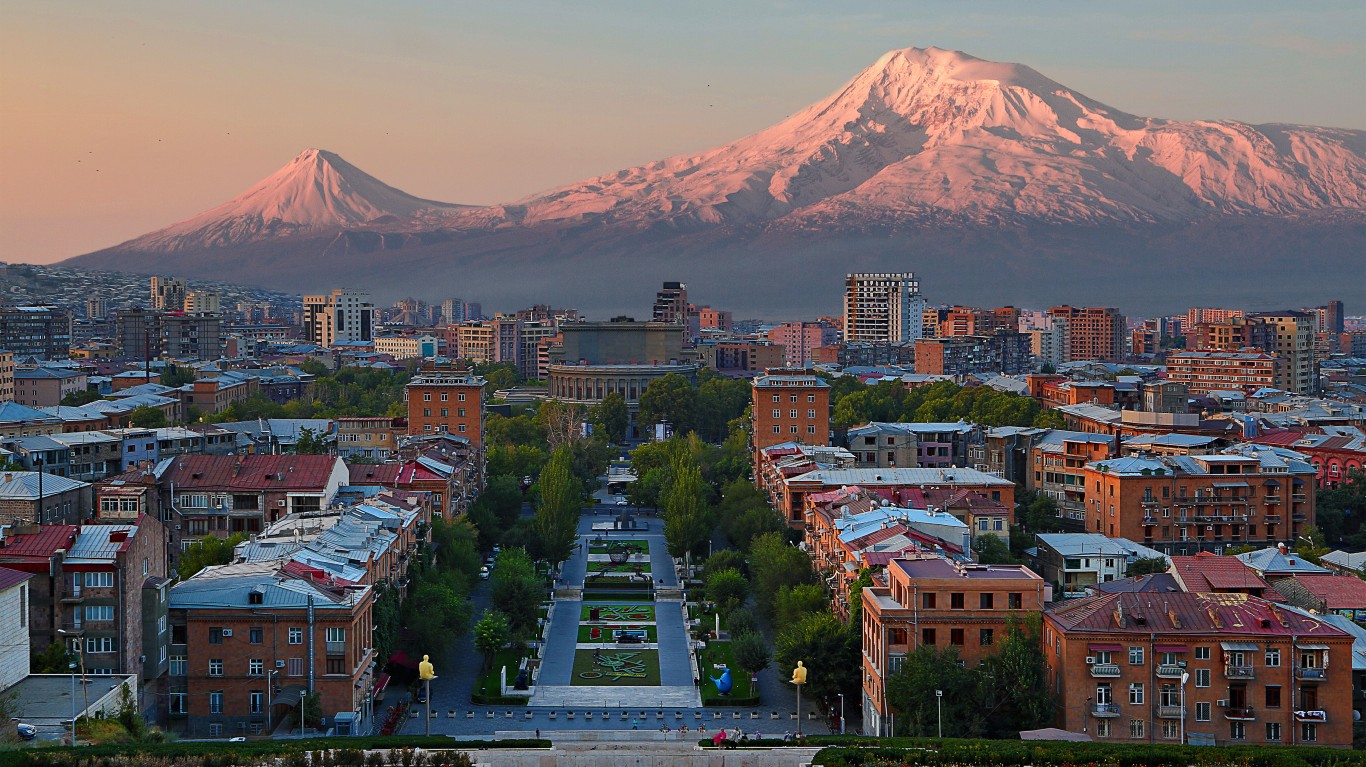
Although located in the Caucasus next to Georgia and Azerbaijan, Armenia retained its independence a little longer. Mongol rule brought not only Mongolian culture, but influences from other parts of the empire as well, such as China and Persia. This was seen in areas like art, food, and military organization.
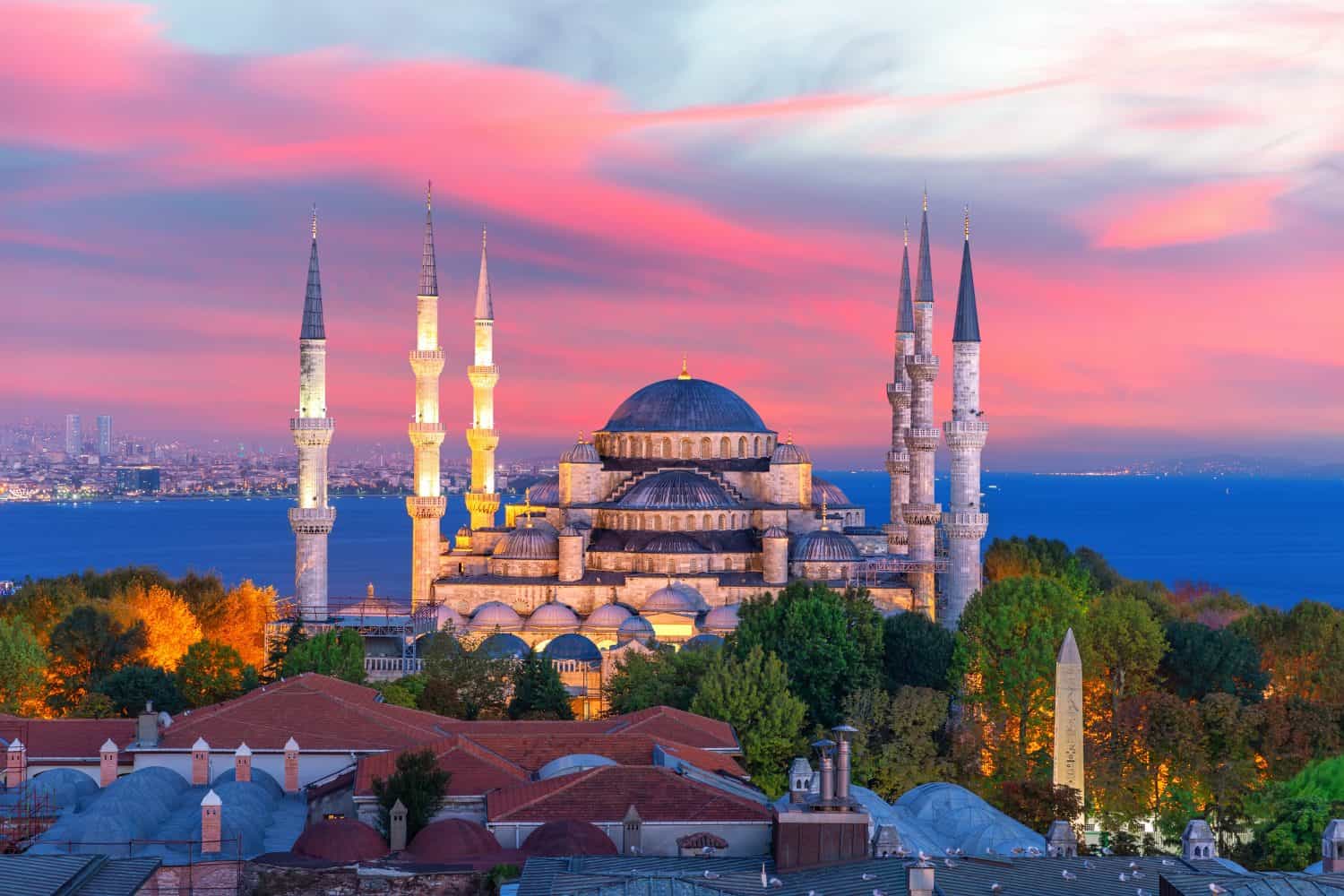
The Mongols ruled most of Turkey except the Aegean seacoast and the Bosphorus. Their rule greatly influenced administrative structures that evolved into the complex bureaucracy of the Ottoman Empire.

In 1258 the Mongols laid seige to the city of Baghdad and largely destroyed it, along with innumerable lives and cultural treasures. Mongolian influences mixed with those of the rich local culture significantly affected the Islamic culture and how it was expressed.

In the years 1240-1241, the Mongol Empire raced across southern Russia into Eastern Europe. Their expansion was halted before more powerful countries such as Germany and Austria. Here are the countries they ruled in whole or in part.

The Mongols took over the Crimean peninsula before most of the rest of Ukraine. This region continued to be culturally distinct, with more of a Central Asian and Turkish influence over time than Slavic. Kyiv was the major city in what is today Russia and Ukraine. Its conquest and the growth of a competing center of influence in Moscow were early roots of the conflict between those two countries that rages today.

For most of history, Moldova was not an independent country but was part of neighboring countries and empires. Today, it sits between Ukraine and Romania. Its language is virtually identical to Romanian. As in other countries in the region, echos of Mongolian culture can be detected in the arts and crafts, administrative practices, literature, and architecture of Moldova.

Belarus today sits between Russia, Lithuania, Poland, and Ukraine. Along with Russia, it is one of the last dictatorships in Europe. This tradition of autocratic rule is a strong point of connection between Belarussian culture and its historical experience of Mongol rule.

The Mongols conquered a good deal of Poland, but not all the territory that is presently part of their country. One of the enduring results of the invasion and occupation was that it electrified Poland into developing a stronger centrally-organized government and fortifications to defend what was left of the country and start to drive back the invaders.
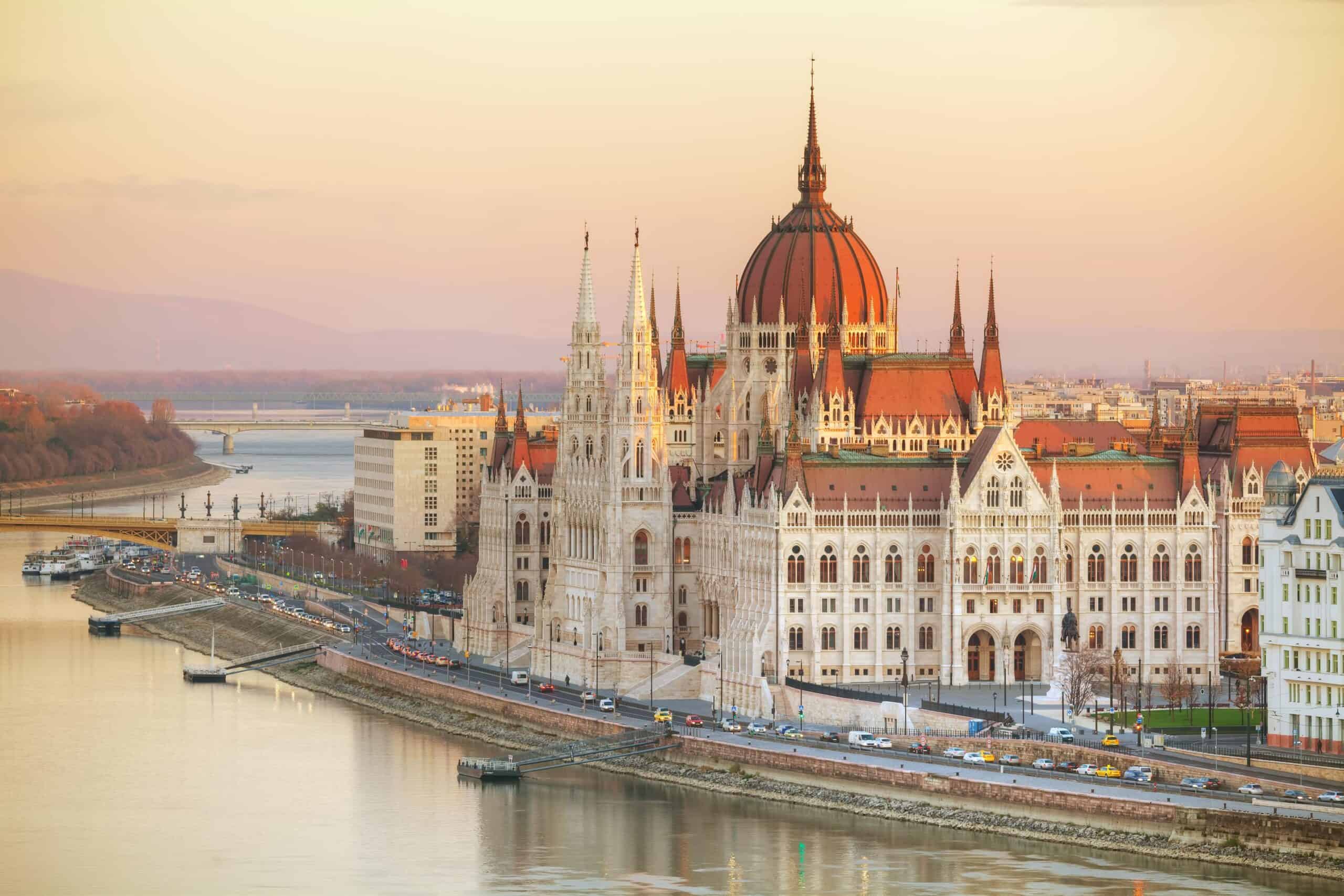
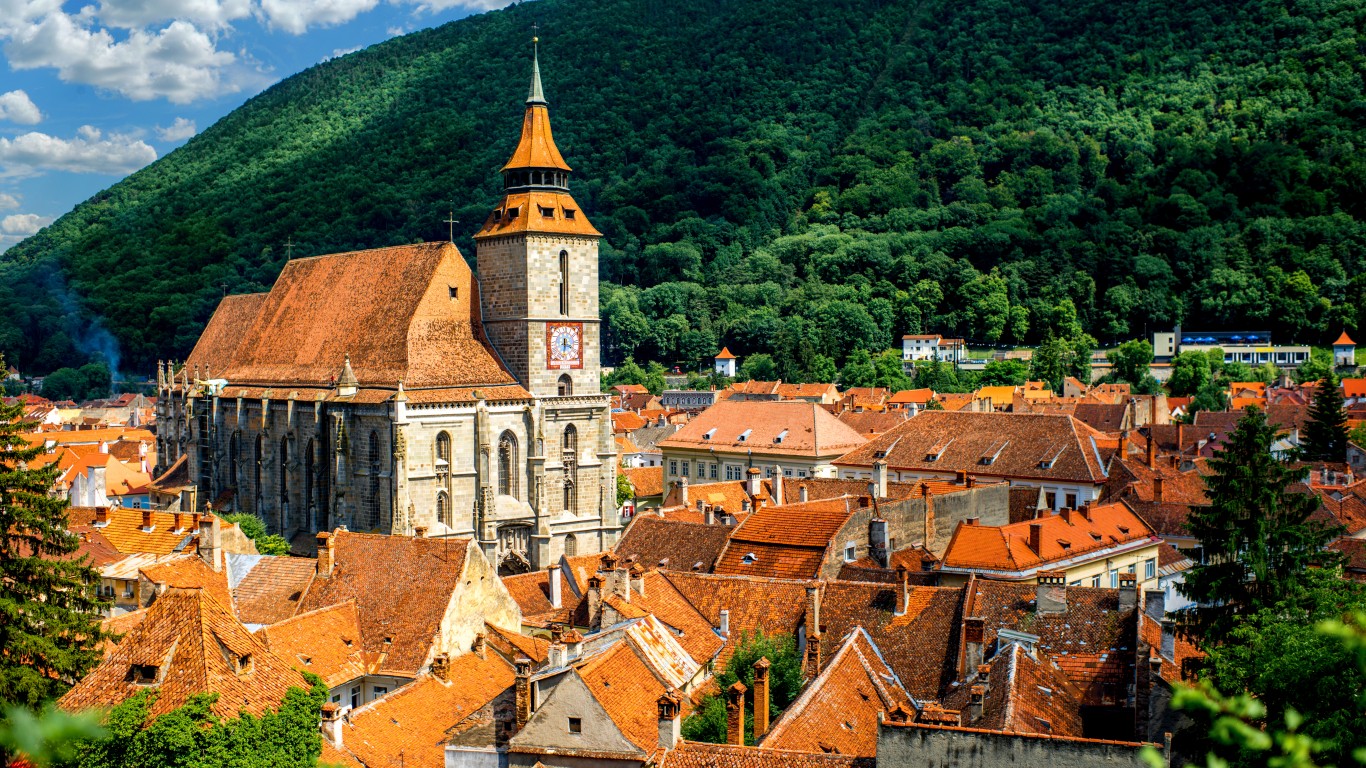


The countries that were once part of Yugoslavia were largely under Mongol rule in 1241. These include North Macedonia, Kosovo, Montenegro, Serbia, Bosnia and Herzegovina, Croatia. As in other countries in the region, they picked up cultural influences in art, literature, architecture, and cuisine, improved administrative structures and military organization and strategy. At the same time, they suffered under heavy taxation and conscription of their men to fight in Mongolia’s wars.
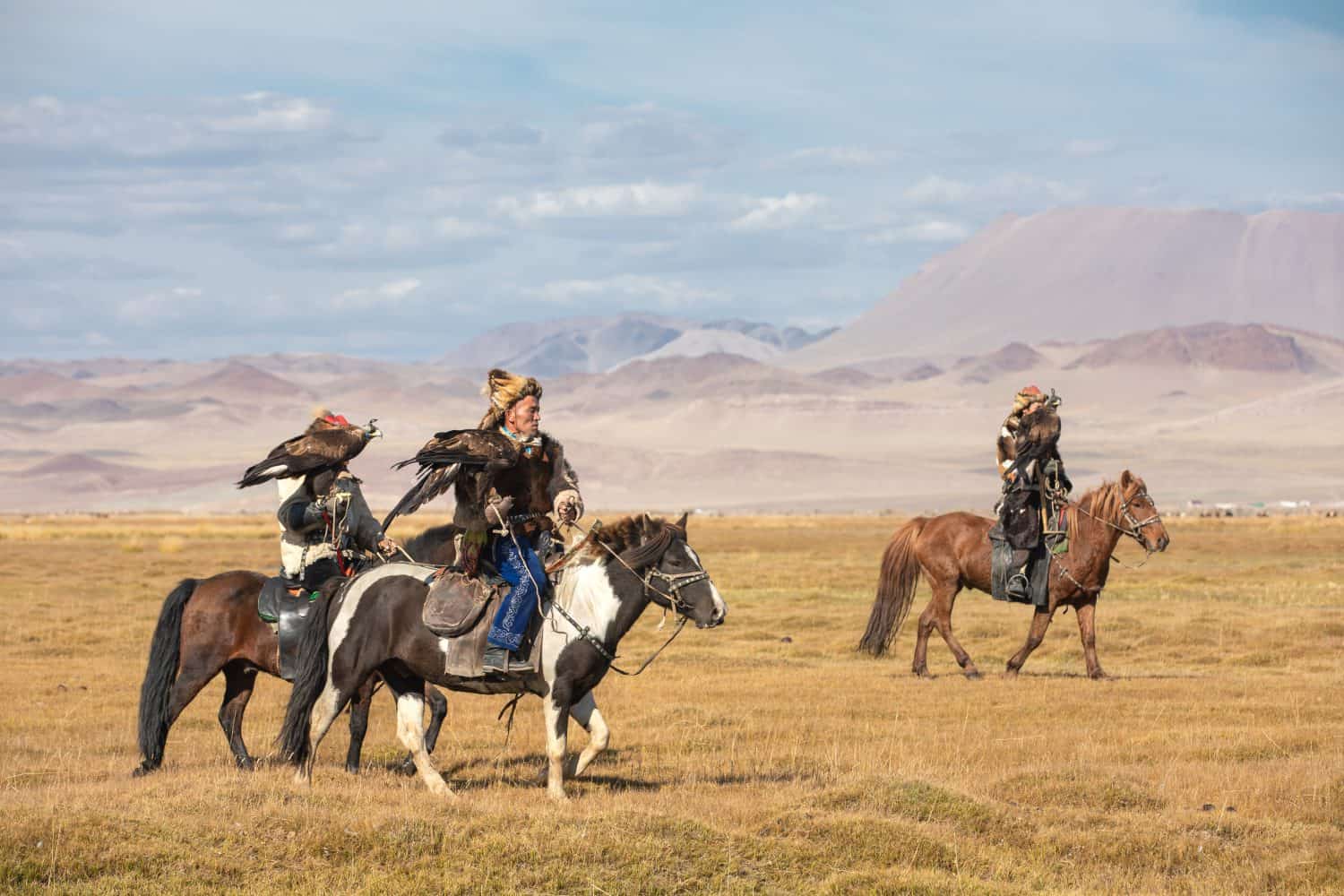
Mongol expansion faltered when they encountered more difficult terrain and guerilla warfare in places like Vietnam and more heavily fortified cities in Europe. By the end of the 14th century the empire had been divided among Genghis Khan’s heirs, fragmented further, and went through a rapid decline.
Want retirement to come a few years earlier than you’d planned? Or are you ready to retire now, but want an extra set of eyes on your finances?
Now you can speak with up to 3 financial experts in your area for FREE. By simply clicking here you can begin to match with financial professionals who can help you build your plan to retire early. And the best part? The first conversation with them is free.
Click here to match with up to 3 financial pros who would be excited to help you make financial decisions.
Thank you for reading! Have some feedback for us?
Contact the 24/7 Wall St. editorial team.